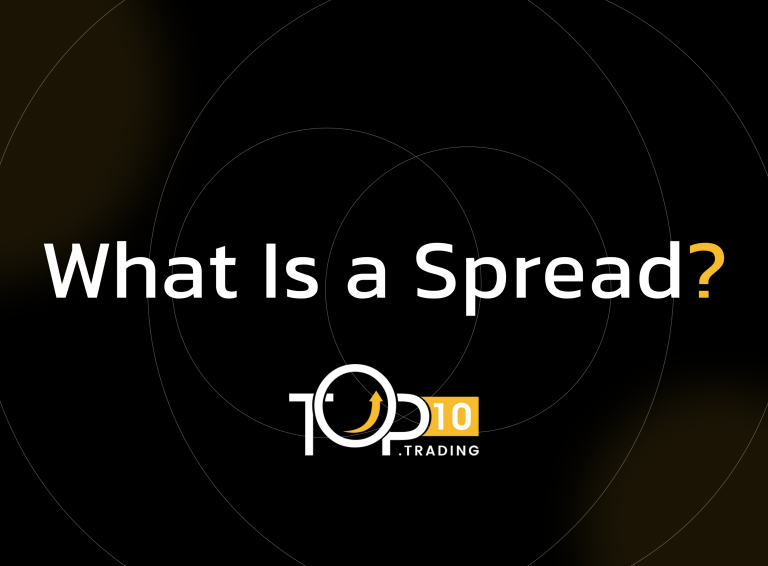Spread Definition

In trading, a Spread refers to the difference between two prices—most commonly the bid price (what buyers are willing to pay) and the ask price (what sellers are asking). It represents the transaction cost for traders and can vary depending on market conditions, asset liquidity, and broker practices. In other contexts, spreads can also refer to the difference between yields, prices, or rates of related financial instruments.
Key Takeaways
- A spread is the gap between the bid and ask prices of an asset.
- It represents an indirect trading cost, especially relevant in forex, stocks, and derivatives.
- Tight spreads typically indicate high liquidity; wide spreads suggest low liquidity or high volatility.
- Brokers may offer fixed or variable spreads, affecting trade execution and cost.
- Spread also applies to strategies involving price differentials between two positions.
How Spreads Work
- In most trading platforms:
- Bid Price: The highest price a buyer is willing to pay for an asset.
- Ask Price: The lowest price a seller is willing to accept.
- The spread is the difference between these two prices.
Example:
If EUR/USD is quoted as 1.1050/1.1052, the spread is 2 pips.
The spread compensates market makers or brokers for facilitating the trade. Traders “pay” the spread upfront, as they enter a position at the ask price and exit at the bid price (or vice versa for shorts).
- Types of spreads:
- Fixed Spread: Remains constant regardless of market conditions.
- Variable (Floating) Spread: Changes with market volatility and liquidity.
- Yield Spread: Difference in interest rates between two bonds.
- Credit Spread: Difference in yields between securities with different credit quality.
Examples of Spreads
- A forex trader sees a USD/JPY spread of 1 pip, indicating low cost and high liquidity.
- A broker offers fixed spreads of 3 pips for minor currency pairs.
- An options trader uses a bull call spread—buying one call and selling another at a higher strike.
- An investor monitors the yield spread between 10-year and 2-year U.S. Treasury bonds for recession signals.
Benefits of Understanding Spreads
- Cost Awareness: Helps traders assess the true cost of entering/exiting trades.
- Liquidity Insight: Narrow spreads signal deeper markets.
- Broker Comparison: Allows evaluation of different trading platforms.
- Strategy Design: Integral to spread trading and arbitrage strategies.
Costs and Limitations
- Wider Spreads = Higher Costs: Especially during market volatility or low liquidity hours.
- Slippage Risk: Can occur if spreads widen during execution.
- Fixed vs. Variable Confusion: Some brokers advertise tight spreads that widen in practice.
- Not Always Visible: Beginners may overlook spread as part of overall trading cost.
Who Uses Spreads?
- Retail Traders: To gauge trading costs and market conditions.
- Day Traders: Where tight spreads are crucial for frequent trades.
- Institutional Traders: For executing large trades efficiently.
- Bond Investors: To analyze yield and credit risk across different securities.
